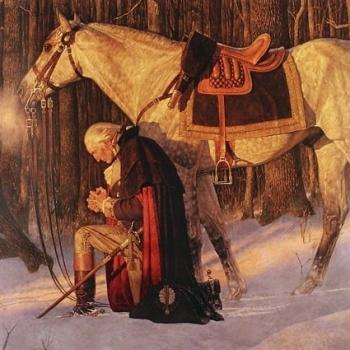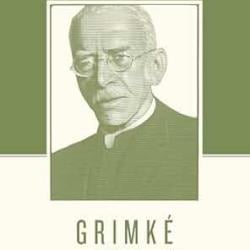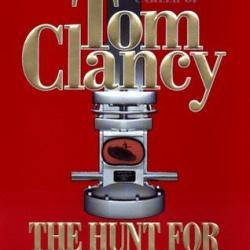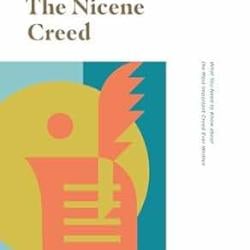Blade Runner: The Final Cut, directed by Ridley Scott
What is hell like? The Bible gives us images of unquenchable fire and a smoke that goes up forever. But C.S. Lewis opted for a different metaphor in The Great Divorce: a drab town where it is always dark and mostly empty. Hell, in Lewis’ depiction, is a failed city: a place of crowded loneliness and frustrated aspirations.
 I thought of Lewis’ hell as I rewatched Ridley Scott’s 1981 dystopian masterpiece, Blade Runner. The film takes place in a futuristic Los Angeles where it is always night, the landscape is dominated by colossal pyramidal skyscrapers, and filthy massive machinery crowds the streets. The sun isn’t shown once in the entire movie, there is not a single plant or piece of greenery in the entire film, and even the animals are synthetic.
I thought of Lewis’ hell as I rewatched Ridley Scott’s 1981 dystopian masterpiece, Blade Runner. The film takes place in a futuristic Los Angeles where it is always night, the landscape is dominated by colossal pyramidal skyscrapers, and filthy massive machinery crowds the streets. The sun isn’t shown once in the entire movie, there is not a single plant or piece of greenery in the entire film, and even the animals are synthetic.
Some of the people are too, and that’s the problem. The plot of Blade Runner (the weakest aspect of the movie) follows Deckard (Harrison Ford), a detective charged with hunting down and exterminating illegal replicants, or androids. These fake humans have been manufactured as slave labor for planetary colonization; their presence on earth is deemed a threat.
Why they would want to come to earth in the first place is a mystery, because the home planet is a hell-hole. Blade Runner is mostly famous for its astonishing, intricate, and terrifying vision of the future. If there were an award for greatest production design of all time, Blade Runner would easily be in the running. The screen is packed with detail, and none of it is pleasant. The film immerses us in this world so fully that it becomes oppressive. The dark and the filth are ubiquitous. Film noir had a baby with science fiction, and named it Blade Runner.
II.
Two aspects of this film are debated ad nauseum, neither of which interest me very much but which I feel duty-bound to address. First, which version of the film is the best, most definitive, and/or most authentic and least compromised by cowardly studio executives? Answer: they all represent variations of Ridley Scott’s vision to different degrees. I’ve seen the original and The Final Cut and I think The Final Cut is better, but it is telling that it took Scott six tries before he got there.
The other question: is Deckard himself a replicant? This is a favorite topic for cinephile cognoscenti, much like that medieval debate about angels dancing on pinheads. The filmmakers themselves can’t agree on the answer, and IMDB has an absurdly long summary of the dispute. The real answer: who cares? The question of Deckard’s humanity is a gimmick that makes absolutely no difference to the plot, the conclusion, the fates of any characters, or anything at all. If Scott meant to be teasing at the supposedly arbitrary difference between humanity and our creations, he already did so through the character of Roy Batty. Throwing in a half-baked attempt at a surprise twist ending that is so confusing people still disagree about it three decades later doesn’t add much.
Blade Runner is a very good film that suffers by comparison to its own reputation. Its reputation is that of a Great Movie (it is on all the lists, sitting at 97th place on AFI’s list of greatest movies and 69th on BFI’s). Certainly, the movie raised the bar for world-building, visual effects, production design, and set design. More importantly, it brought together these elements with cinematography and a score that collectively evoked a total atmosphere, bleak and malign. By itself, that is a rare achievement.
III.
But the focus is so completely on atmosphere that story and character are overshadowed. The characters, such as they are, seem to be mostly stand-ins to pantomime philosophical themes. The lead replicant, Roy Batty (Butger Hauer), knows he is programmed to die soon. He is in search of his maker, Dr. Tyrell. They meet, Batty dressed in black and his maker in white. Their conversation is fraught with symbolic, if obvious, meaning:
Roy: It’s not an easy thing to meet your maker.
Tyrell: What can he do for you?
Roy: Can the maker repair what he makes?
[…]
Tyrell: What..? What seems to be the problem?
Roy: Death.
Tyrell: Death. Well, I’m afraid that’s a little out of my jurisdiction, you…
Roy: I want more life, father.
Tyrell cannot give life–he is not omnipotent–so Roy kills him, one suspects, out of pure hatred for life. This dark tale is, at some level, about the tragedy of human mortality and our tendency to blame God, even “kill” him, for his seeming failure to give us more life. This is, indeed, a vision of hell, yet one more example of a movie excelling at portraying a world without God–albeit one that is a little too ham-fisted to be moving.
To its credit, the movie is also about the inescapability of our predicament and the need to celebrate what life we have. Roy, of course, dies in the end anyway, but not before saving Deckard in a pique of conscience. His dying words, and a dove that soars upward as he slips away, are the only notes of uplift and redemption in the film.
But this is less an escape from hell than a surrender to it. There is, in the end, too much darkness in Blade Runner for any truth to shine through.












